There are two things that immediately come to mind when we talk about the new Sigma dp2 Quattro: the new new Foveon X3 sensor (the book), and the shape of the camera (its cover). Do either matter? Are either necessary? Why do/don’t I like it? And overall, should we all go out and buy this camera today? I had some time to myself with the camera for a preliminary review this week. Here are some thoughts.
Whenever I compare cameras, I have to talk about features I expect — which all come from today’s top-of-the-line DSLRs like the Nikon D4. They’re quick, sharp, handle extremely well, and are true workhorses. If I can get a compact camera as close to that as possible, well… that’s the goal. So how does the dp2 Quattro measure up?
Handling:
The new body is fascinating, no doubt. And surprisingly, it feels okay in the hands. I actually much prefer this body to that of the majority of tiny point and shoot cameras I can barely get my hands around. I’m definitely not gripping this camera with just the tips of my fingers, and I like that.
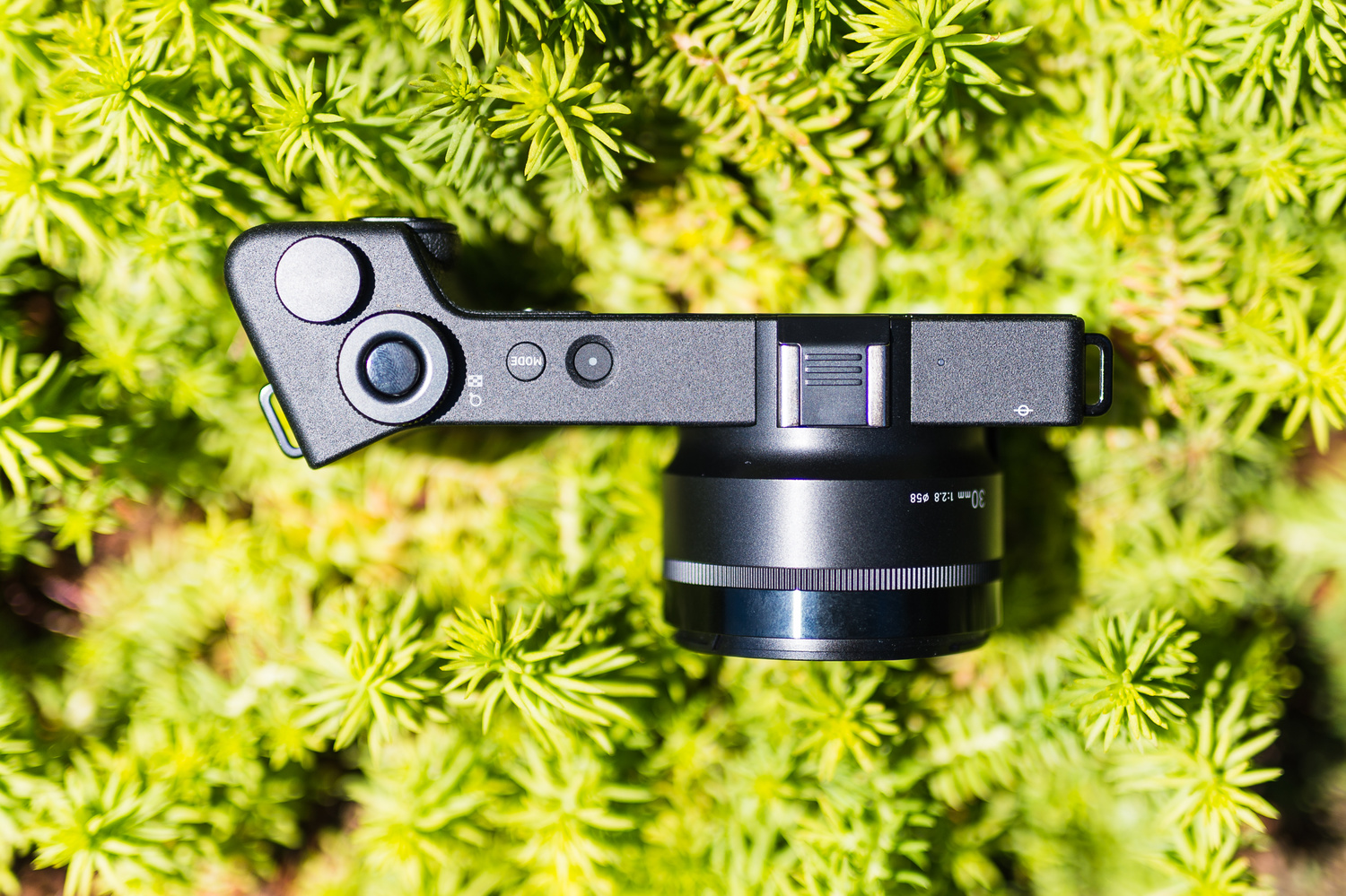
You can see the format of the body itself is "panoramic." While one-handed horizontal shots are tough at first, you get used to it. And it's quite stable for verticals. Still, I'd call it a two-hand body for stability.
The shutter button has a nice feel to it. And almost more importantly (not because of function, but because of how awful they often are), the aperture and shutter dials are very well designed. While many of the mirrorless-style cameras have dinky, plastic-y knobs that rotate too easily or are too stiff, these seem just perfect. And best of all, they’re perfectly adjustable by just sliding your thumb and/or index finger over the corresponding knob while grasping the camera normally in your right hand.
Speed is also important when you’re talking about handling. You don’t want to be fumbling around with the camera and miss your shot. While I wouldn’t say autofocus is as fast as a pro-level DSLR’s, it’s quite snappy — surprisingly so. And I would call shutter response “adequate.” Let me put it this way before you judge what that means: I was taking some photos at the famous “Wedge” in Newport Beach. But I was always talking to some people that were with me. Every time I saw a wave whip up with someone about to go over in the corner of my eye, I would lift the camera up and try to grab the shot. I was sure I missed the moment. But sure enough, about a second later, the shot I was looking for popped up on the screen. I got it! And in the end, that’s all that matters, isn’t it? Who cares how it feels. Did you get it, or didn’t you? We’re probably not shooting sports with this, but it’s good to know we probably can do so, as I said originally, adequately.

All the menu buttons and dials are laid out quite well, but that selector and d-pad on the right is in a slightly tough spot for my thumb.
A few notes:
1.) You do have to stretch your thumb back a bit to catch the directional pad and menu selector on the protruding part of the back grip. But with time, this gets easier. The menu buttons, on the other hand, are well laid out and easy to use.
2.) I never thought I’d worry about this too much, but for the great weather we’ve been having in California (by great, I mean weather with too much sun that’s leading us into a horrible drought), 1/2000th of a second at the high end is seeming quite slow. While many cameras these days give at least 1/4000th, I would have hoped to see that in there. Not a deal-breaker by any means, but something to note.
Image Quality:
This is the meat. This is what we really care about, isn’t it? I have to break this into two parts: the sensor and the lens.
The Foveon X3 Quattro Sensor
First things first: size is king and for the foreseeable future, always will be (watch me eat my words when something new comes out next year). But for the most part, bigger sensors mean better quality. That said, what manufacturers have been doing with APS-C sensors is quite amazing. They’re right up there with full-frame sensors less than a single generation ago. And so I’m happy to say Sigma didn’t skimp: they gave us an APS-C Foveon X3 and it shows.

Downsized from a 39-megapixel JPEG.
The Foveon X3 sensor technology has gone through several refinements over the years and there’s no doubt this is the best yet, naturally (it’s the newest). What’s special about it is that it takes advantage of the fact that different wavelengths of light penetrate silicon at different depths. This property allows Sigma (who bought Foveon — old news) to create a sensor with three different layers of pixels, where each layer records one channel of red, green, or blue.
This in turn allows for three things:
First, color data is captured vertically instead of horizontally (in traditional Bayer-filter sensors, the RGB pixels are next each other), so the dp2 Quattro doesn’t need an anti-aliasing filter. While many cameras such as the D810 are letting go of these filters for better image quality, you’ll still see moiré in certain cases with those cameras. Not so, however, with the dp2 Quattro. You can still get some luminance moiré, but it's minor and monochrome, so it's not nearly as bothersome and even then, it's fairly rare.
Second, the Foveon sensor is supposed to be great for color. With untouched files, it’s hard to say at first glance, but you can tell it definitely is smooth. I have no complaints about the color in the images I took — none at all. If I adjust the saturation a bit in post (JPEGs were taken at the neutral setting, so they look flat and full of dynamic range/"potential” before editing), color pops brilliantly. The images look well-reproduced with no shocking, other-worldly distortions.
Finally, the Foveon filter apparently produces high-quality files at smaller file sizes. That didn’t happen in my experience (a 39-megapixel JPEG is about the same size as my D800 JPEGs)- but as you just read, yes, I said 39-megapixels. The first 29MP sensor combined with the following two 4.7MP sensors allow for a 39-megapixel JPEG to be recorded. That’s pretty cool. While I wish it allowed for that in a RAW format, a JPEG that large for a $1000 camera isn’t half-bad and has many uses for the average person these days from oversampling for less noise in low-light areas to printing large art prints for home without breaking the bank at a gallery.
We could argue all day long about how many megapixels the sensor really has, but in the end, I’m going to look at what I get in the final file on your computer, and that would be up to a 19MP RAW file or a 39MP JPEG. Either way, that’s more than enough in this silly era of megapixel wars and quite good for the price-point. Finally, something we can all be happy about.
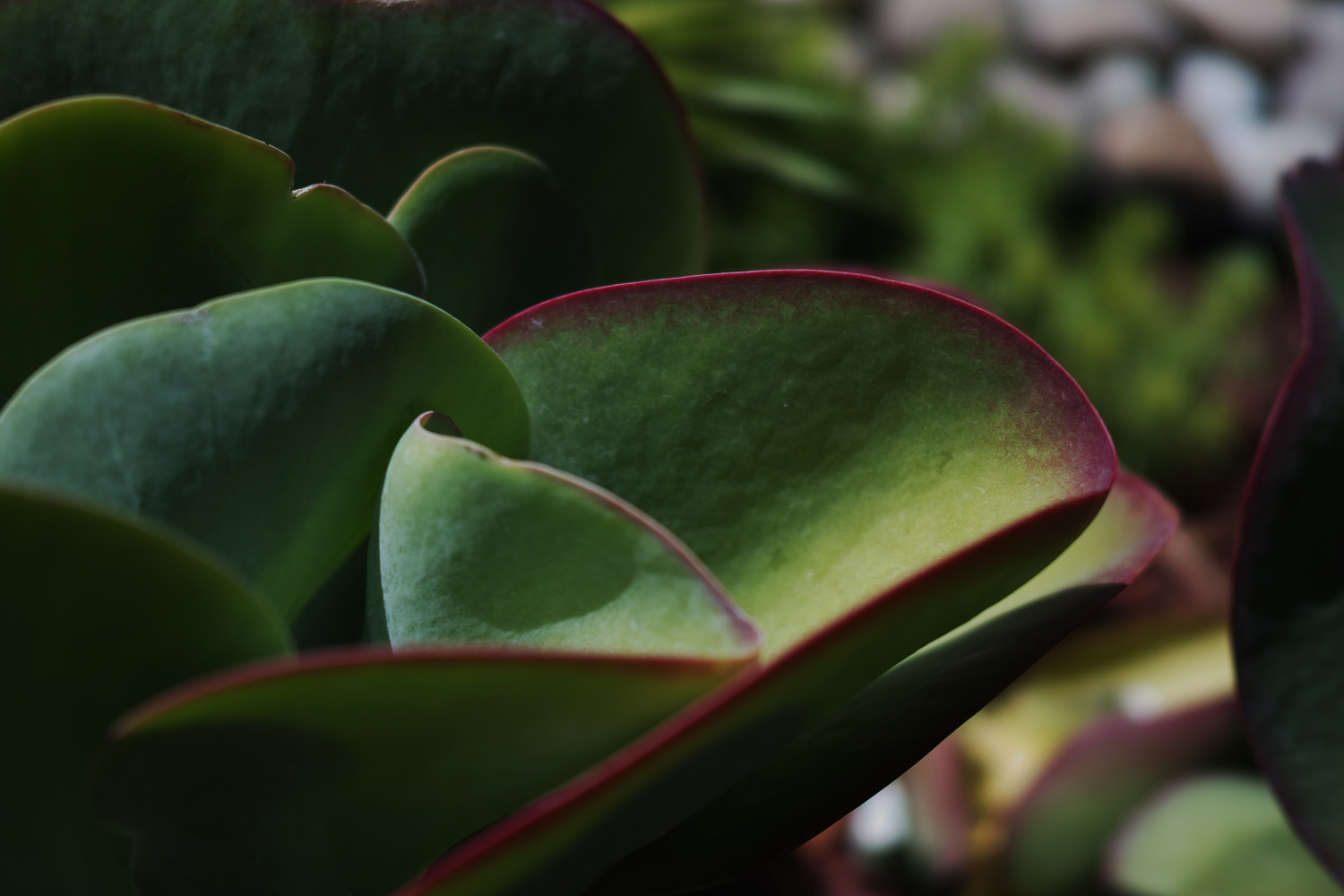
Full-size JPEG exported with "minus 2" exposure setting from dp2 Quattro X3F RAW file. Notice the how well the highlights come down -- more so than you'd ever need them to for this particular image.
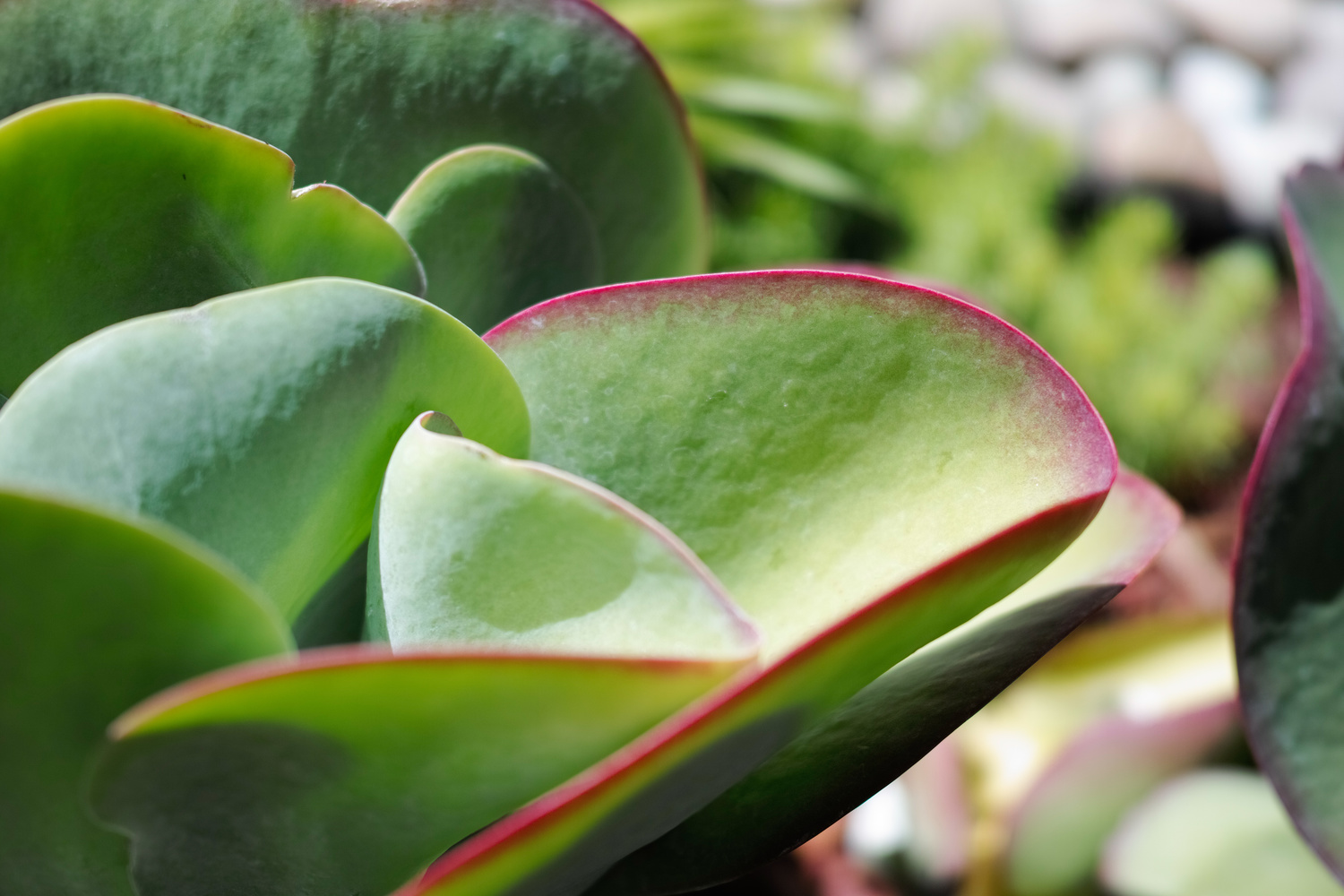
Full-size JPEG exported with ZERO changes from dp2 Quattro X3F RAW file. Notice the overall image -- how the colors and gradations between light and dark areas are quite smooth. It's creamy. Very nice.

Full-size JPEG exported with "plus 2" exposure setting from dp2 Quattro X3F RAW file. Notice the how well the shadows come up -- you can see all the detail with quite a bit more color, too, at the bottom of the leaf.
I thought I was only going to be able to process JPEG files for this review since the camera is not yet supported by Adobe Camera Raw, but luckily Sigma does have their own Photo Pro 6 software that can process the X3F files that the dp2 Quattro kicks out.
And let me tell you, the RAW files are special.
I did confirm that the +/- 2 metric in the Exposure slider in the program directly corresponds 1:1 to actual f-stops. On one hand you could argue, why not more? But on the other, who needs more? And moreover, what file actually looks good when you push past two stops?
Well... actually... these just might.
I pushed up two stops to see what detail I could pull out of the shadows, and everything -- not just about everything, but EVERYTHING -- came out. I pulled the files two stops lower to see what I could bring out in the highlights, and again, nothing looks bad whatsoever. Everything holds up remarkably well. I don't know if I'm used to older cameras or what (please excuse me, as I'm on the D4 and not the D4s), but these new technologies coming out are really proving themselves. Based on this, I wouldn't be at all opposed to seeing a full-frame Foveon in the future. Better yet, skip full frame and jump into medium format (pretty please?).
For perhaps the first time (and to be fair, it's probably the entire "era" we're entering, not just the Foveon sensor), shooting two stops off is becoming a completely recoverable offense. At this point, if you can't get recoverable exposures, you really need to be investing in some $25 beginner-level, group photography classes and get your basic exposure stuff down. Or better yet, learn to look at the back of your camera every now and then and ask yourself, "Am I close?" That's all you have to do. It's that easy.
In all, take a look for yourself (above) if you haven't already. These files are creamy. The color is there. The shadow and highlight detail is there. They're just really nice 50-megabyte files. Yes, 50 (although you're looking at smaller JPEGs exported directly from the X3F files). So they'll eat up your hard drive worse than the D810 does already. But those are getting cheaper, too. So quit whining. I think we can all finally admit we're completely willing to buy eight more hard drives as long as we can say we shoot 50-megabyte files. And when you look at these, it's all well worth it.
One note: if you plan on using Sigma's Pro Photo 6 software to process all of your photos, it's as slow as it is free to download. Lightroom may be ever-slowing, but it still doesn't take 15-26 seconds for me to export a RAW file to a full-sized JPEG on my maxed out 15" Retina MacBook Pro. So until that improves or until ACR is updated, just be aware and beware.
30mm f/2.8 Fixed Lens:
Prime lenses are fantastic. Sure, I was in 8th grade once. And sure, I used to think people were stupid for not spending LESS money to get a WIDER range in focal lengths with brilliant 10-500mm zoom lenses. But I grew up, and so should we all.
Prime lenses let camera manufacturers pull the best possible quality out of a piece of glass while spending as little as possible. And thankfully, that lets us enjoy brilliant image quality for relatively little cost. Need to zoom in? There’s a great way to do that: put the camera down, put one foot in front of the other a few times, check viewfinder (or back of screen, in this case). Not close enough? Repeat process.
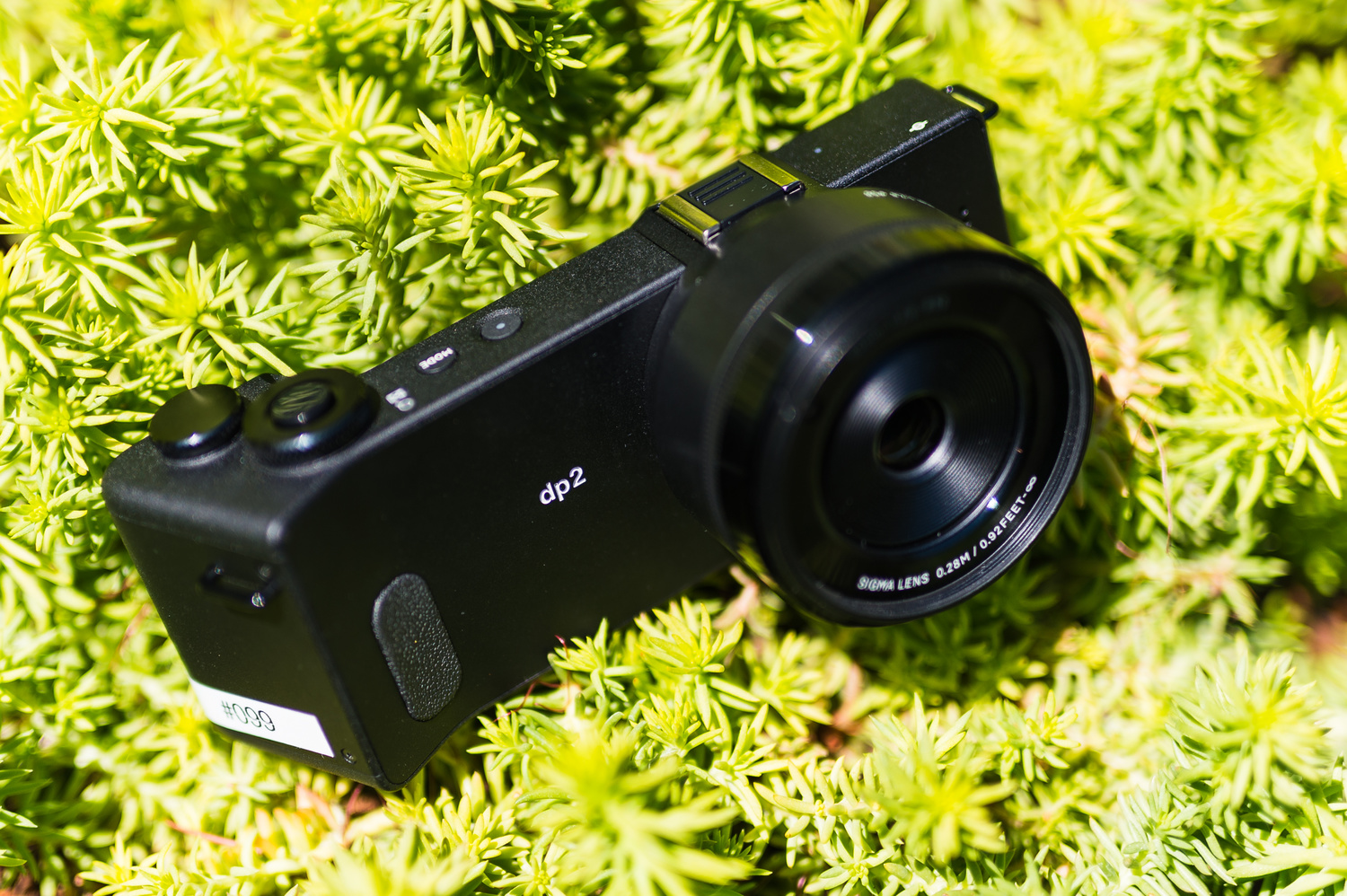
The camera is still quite slim despite its wide-aperture, 30mm lens.
The 30mm lens on the dp2 Quattro is equivalent to a 45mm lens on a 35mm camera, which is considered “normal.” Personally, I prefer a slightly wider view for general walk-around photography; but I’m not worried, since that’s coming soon in the dp1 Quattro with its 19mm (28mm-equivalent) f/2.8 lens.
The 30mm works great, but is not without issue. Upon close inspection at wider apertures, it does seem to suffer from some rather distracting spherical/comma-type aberration. If you stop down a bit, that starts to go away but little reflections on the leaves in these photos end up making things seem blurry- slightly. So the true image quality isn’t always apparent when shooting wide open.

The images are beautiful overall. But when you shoot at f/2.8 at nearly noon, you're going to get at least some aberrations depending on what your lens is prone to. This becomes more evident in the crop below.
Stop down a bit, however, and the lens is a joy. It focuses quickly, is still quite light and compact, and opens to a respectable if not quite dream-shattering f/2.8.
Menu and Screen:
I am in love with this menu. It’s not so much because it’s so great (which it actually really is). But honestly, it’s so great especially in comparison to its competition.
When I look at a new menu that I’m not used to, I’m usually quite confused. I inevitably feel like settings are buried and find myself talking in my head, making suggestions to camera designers about why that shouldn’t go there and why this should go here. However, I’m so pleasantly surprised with Sigma’s simple menu, I’d give it an award if I had one to give.
Don’t mistake simple for lacking, however. The menu is still plenty robust. But an easy-to-read and -understand layout lets you feel like everything is right there in front of you. There aren’t too many options, but there is everything you’d ever really need, plus a few things you just want, even if you never intend to use them. Want a quick menu? The dp2 Quattro has that, too. And I like it. Again, simple, yet robust. And most importantly, intuitive.
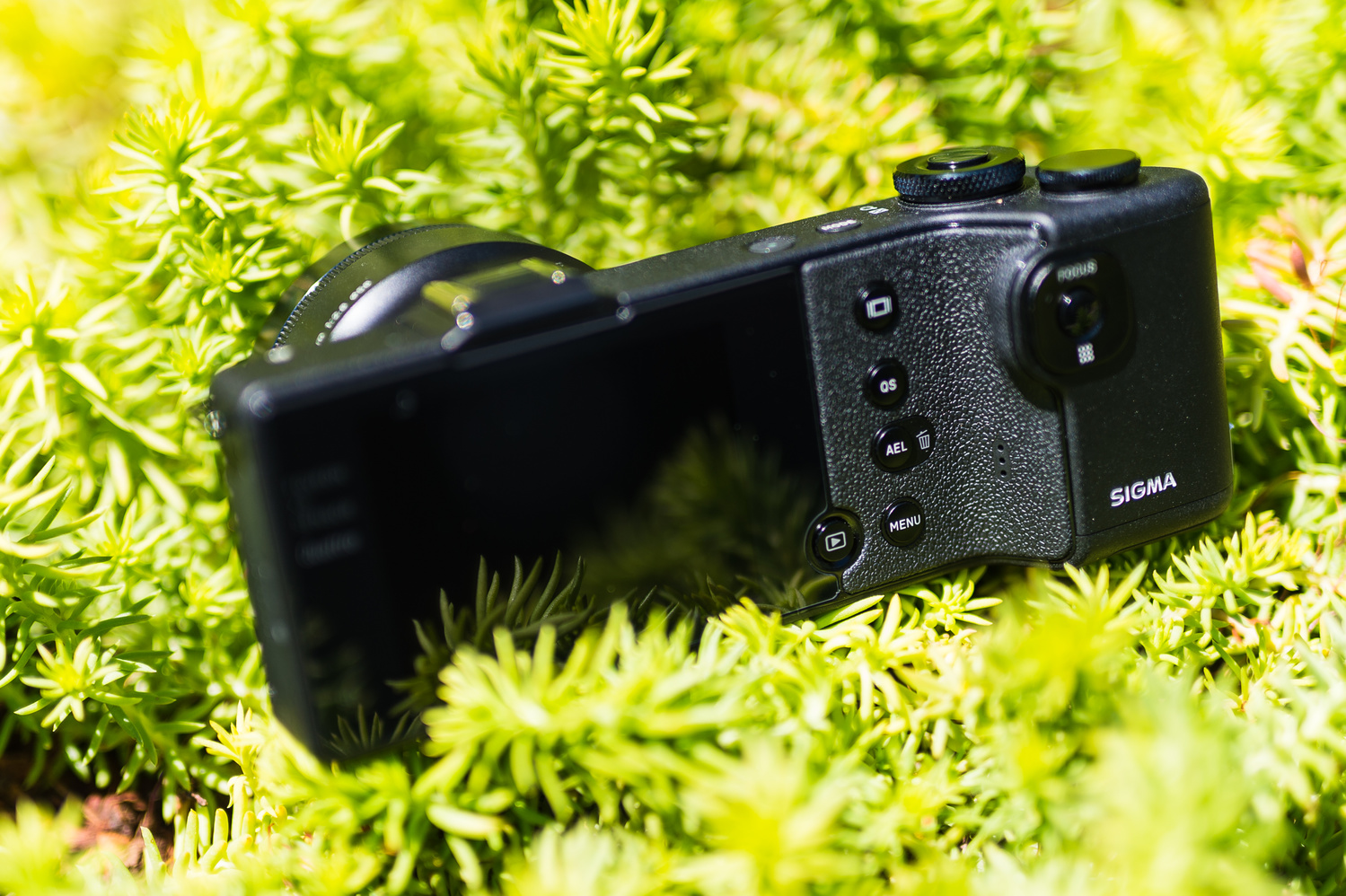
The screen really is a good size and certainly remains the focal point of the camera design from the user's standpoint.
The screen is another story... sort of. It’s nice and big. It bursts — no, explodes! — with color and boy is it sharp. It’s so very sharp. In fact, this is the slight problem I have with it… It’s so sharp that it actually scared me. Naturally, when I got the box, I took the camera out and started shooting as quickly as possible. I like to see how easily things just “come” to me with new cameras.
And naturally, I’m chimping away. Meanwhile, the sharpness of the screen is scaring me into thinking the camera’s processing is crushing the sharpness of the JPEGs. How will it process RAW files (processing is incredibly important with these Foveon sensors…it’s important with any sensor, really)? Is there a way to change that? My mind started spinning…
Luckily, this issue is specifically something with the screen. It isn’t reflective of any aspect of the final files. The files themselves are handled beautifully once you get them off the camera. And so, I’m alleviated of my worries. Just know not to be scared. And at least Grandma and Grandpa will look over your shoulder in amazement at the “clarity” of images these days.
Conclusion
I think Sigma really has something, here. They’ve been on a roll with their lenses (their new 50mm f/1.4 Art series lens took the product shots in this review with the help of my D4) and seem to be speeding up with their cameras.
I do hope the lenses can become something to cherish. They’re good. There’s nothing “wrong” with them. But I’m always a sucker for a good, sharp, Zeiss-like lens. In essence, I want an “Art” lens on this dp2 Quattro.
Until then, for 1000 bucks, you can’t get much better. That's the main takeaway. Most people looking at this camera (or any camera, for that matter) are probably looking for the perfect walk-around, vacation, family-event camera that will produce images to impressively cover your days' events. This will do that well, and then will still be able to handle studio shots if you so desire. You might be able to get about or close to the same quality with other offerings, but then you won’t have the option of the glorious and brag-worthy 39-megapixel JPEGs. And don’t forget, while “39" dwarfs the 19-megapixel RAW figure, 19 megapixels is nothing to scoff at.
If you want to understand the Foveon X3 sensor, here's a great infographic that helps explain the layout:
Infographic provided courtesy of the Sigma Corporation of America.

Here are a few more images taken with the dp2 Quattro for reference (all shot at f/2.8). Notice the rather beautiful bokeh and sharp details thanks to the relatiavely large APS-C sensor.


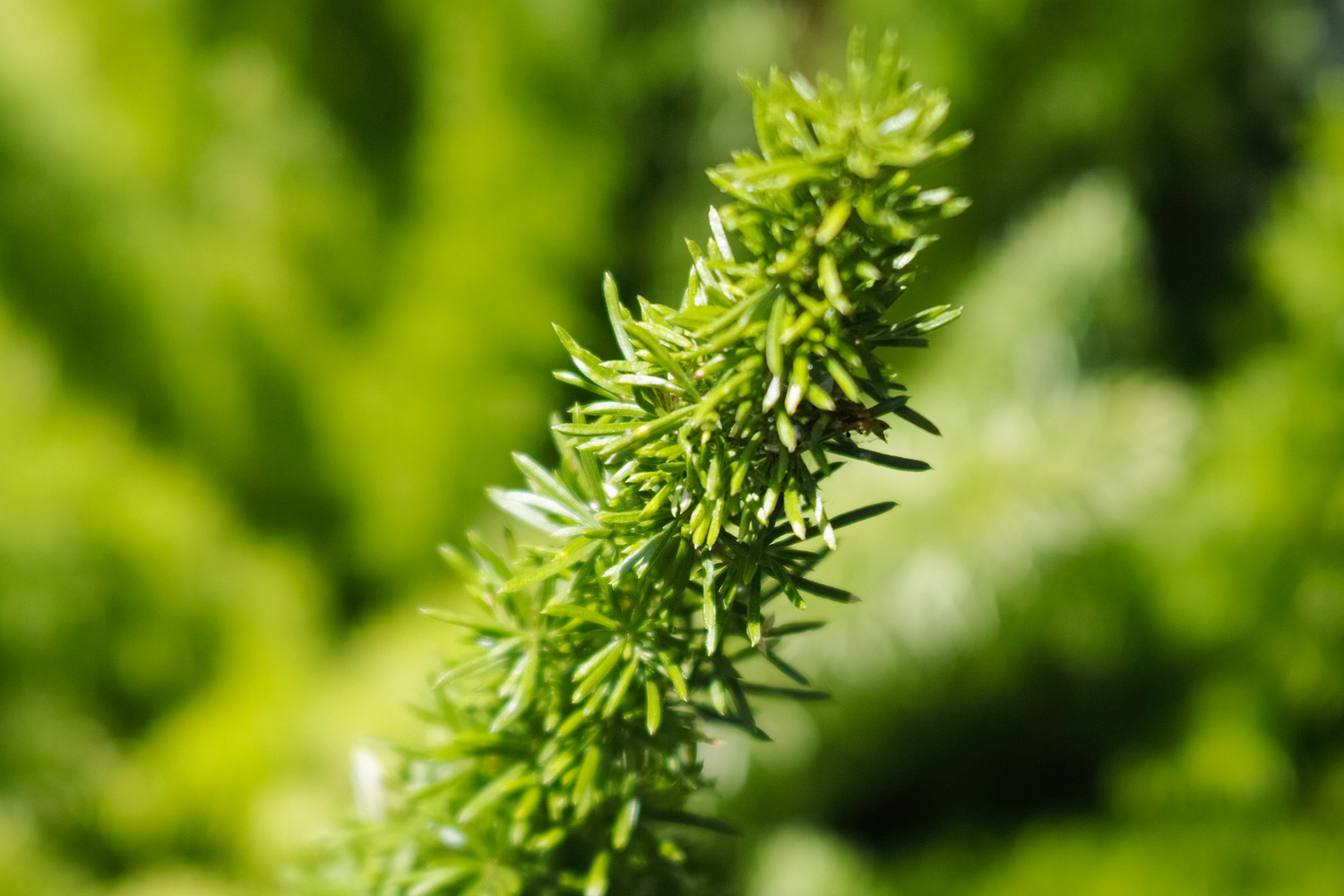


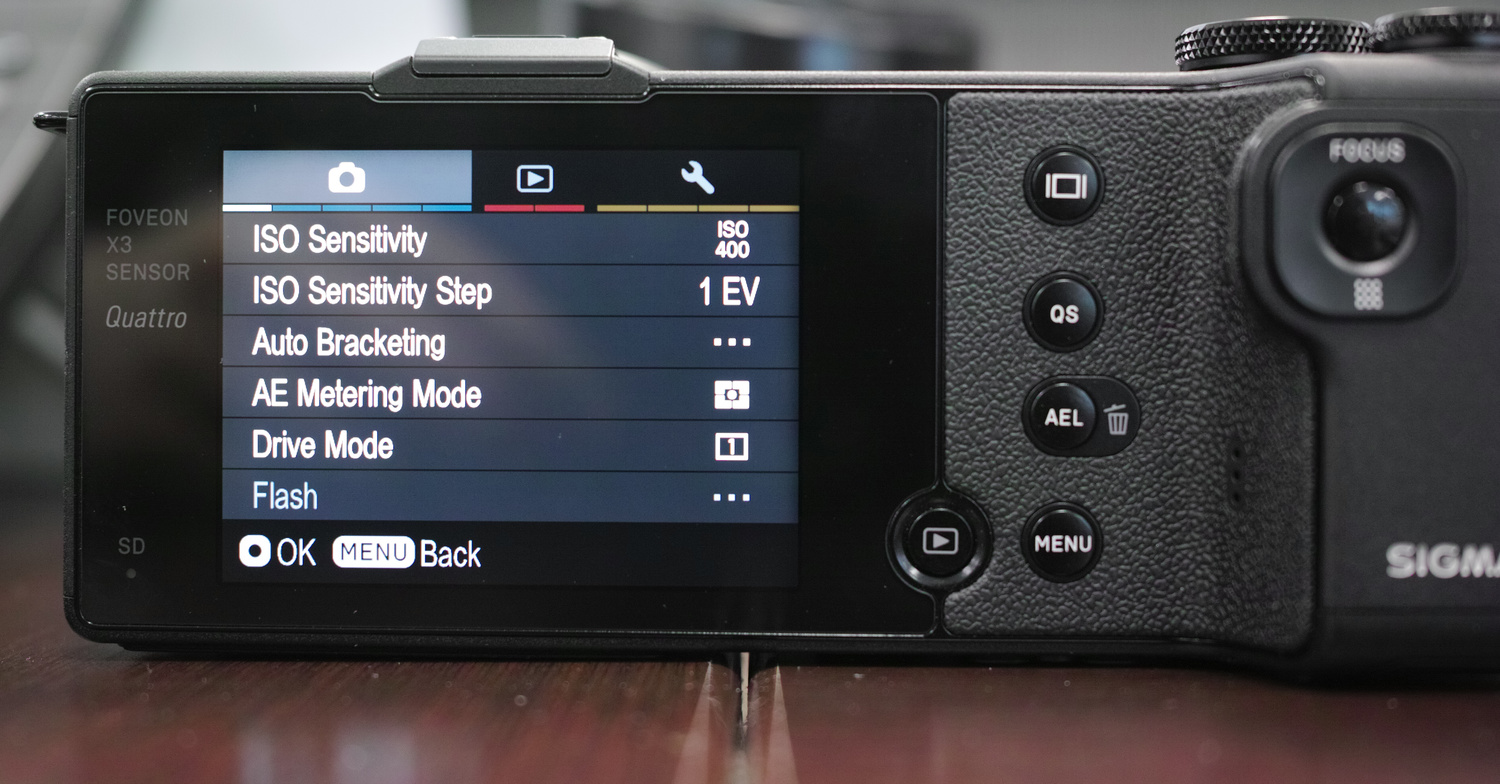












Thanks for the review effort but where are the images of "People, Animals, Architecture"?
I have a few shots of people, animals, architecture.. some location shots with strobes using the leaf shutter to kill ambient light, and some studio shots I did with one.
The quality of the images from this camera are pretty great imho and the dynamic range has improved over the old version with the ability to push shadows quite a bit. I even have a nice 45"x30" print from one which holds up quite well to close viewing.
Thinking of writing a little article about my time with it so far.
I don't know if I completely agree with this
"Until then, for 1000 bucks, you can’t get much better. That's the main takeaway. Most people looking at this camera (or any camera, for that matter) are probably looking for the perfect walk-around, vacation, family-event camera that will produce images to impressively cover your days' events. This will do that well, and then will still be able to handle studio shots if you so desire"
I agree that you cannot get better image quality, in good light situations for the price, and honestly, the files rival some MF digital backs in quality, but this camera is some finicky to use, and the ISO performance seems very overstated. Shooting at ISOs above 800 lead to such strong image degradation, that I would never suggest this as being a perfect "Walk-around, vacation, family event camera" for anyone. It handles in all ways but size more similar to a medium format camera, but with the size of a pocket camera.
The raw files can be glorious, but in imperfect light conditions, I find them to often leave much to be desired (I did not do much with the in camera jpegs), and Sigma's software is so horrendously inadequate that it almost makes you want to give up on the files, even when they are winners (on a 6 month old machine, running SSDs and 16GB of 1600mhz ram).
There are many cameras I would suggest for walk around, travel, family stuff, but this is definitely not one of them. It's glorious in its element, but there is not much leeway otherwise.
I have to agree with you.
Their are much better camera's out there for a walk around/vacation camera and the sigma's should be viewed more as a mini medium format, while you can get some amazing snapshots ( I got some nice shots of my kid at a park ) this camera rewards you most when you slow down and set up your shots.
The software isn't as slow as you say, but then I only used it on two pc's (one amd kavari and the other an i5) its not fast but I can live with it for setup shots, I wouldn't even think of trying to go though lots of vacation shots though but to be fair the jpgs from the camera are pretty nice but that doesn't seem to be the point of this camera.
I had this camera for week. I hated it. The grip is all wrong. I have fairly small hands and still felt that the camera was awkward to hold at best. I found my right thumb constantly hitting the vertical row of buttons. Focusing was a joke. It's slow and had a difficult time locking on to most anything, even a black and white line. I missed many shots because the lens was hunting and hunting to lock the focus. ISO performance is abysmal. ISO 800 was too grainy and colored for useable images. Image quality is no better than your average camera now a days. I dont see what the big deal is with the foveon sensor, really. I wanted to like this camera, but in the end, it failed me in many aspects. And for $1000, I'd be surprised if they sell more than 50 of these. IMHO, this camera is a fail.
The advantages are stated in the chart.
The tech is still kind of in its infancy when compared to the conventional Bayer sensor (plus a rather small player like Sigma probably doesn't have the R&D of Canikony), so if the tech can get out to companies that have a strong history of camera sensors, I wonder how impressive it would be.
Amazing to think Sigma is still in the camera business after shooting themselves on the foot so many times. The legacy of complaints over the years about their mediocre expertise on camera electronics is enough to fill a big stadium: bad ergonomics, terrible ISO performance, slow focus, slow everything etc etc etc. I guess they like hanging on by the threat provided by a small group of of die-hard followers. Yes, the Foveon is a great unique sensor but otherwise surrounded by unthoughtful expertise in electronics. Sigma lenses...that is another story.
I too had this camera for the trial. In fact, the very camera in the review #099. Sorry Adam, I was it's first. ☺ My first impression was much like Rob's. However, after really finding it's purpose and digging deeper into the images it was taking, I was and am absolutely blown away by the IQ. So much so, I bought a pre-release model right away directly from Sigma and haven't regretted it a minute. It's not a versatile camera. It's great on a tripod, shooting at ISO 100 and a timed or cable release with low to medium contrast daylight scenes. If that’s how and what you are shooting, you cannot be disappointed with results. The tonality and "creaminess" of the color is unbelievable. The level of detail you can zoom in on seems endless. These are deep, detailed images. They require a very slight tweak of the images in post, raw or jpeg, to normalize and extract shadow and highlight detail and punch it up a bit. Color, sharpness, noise etc. Then, and this is very important, view them on a high pixel density monitor/retina display to do them justice, at FULL screen. You will feel like you can walk into the scene. I love what technology is doing for photography.
I would have mentioned how slow the camera saves images to SD card, how mindnumbingly slow the included RAW conversion software is .. I could go on but it might be easier to characterize the camera as ideal for landscapes/stills in good light. For detail the Foveons are superb but they are a niche camera, not suited to general photography, especially family or action photography !
Is the optical viewfinder (VF-41) a 1:1 viewfinder like the Voigtlander 50 or 75mm? I use the 75mm with the DP3 Merrill and I am very satisfied with it. Yes, there is no focus confirmation, but you can actually pick up the green light of the DP3M at the periphery of your vision, so I have been very happy with it, all the more because of the finder’s brightness. I used the original Sigma VF-21 on the DP2M and did not like it (magnification not to 1:1, less precise). So I would be interested in using this one on my DP2M if it is worth it…
Good review. When absolute image quality is a must, this is the tool to get it. To be honest, I did not think that much of Foveon sensor at first, but when Sigma DP1 Merrill kicked my D810's but while it was hanging out with one of the best lens, It got my respect :) I am hoping Quattro will only be better if not the same.